How can AIM help you on your asset management journey?
Roadmaps
By developing roadmaps that aim your organization in the right direction to drive value from your assets and services.
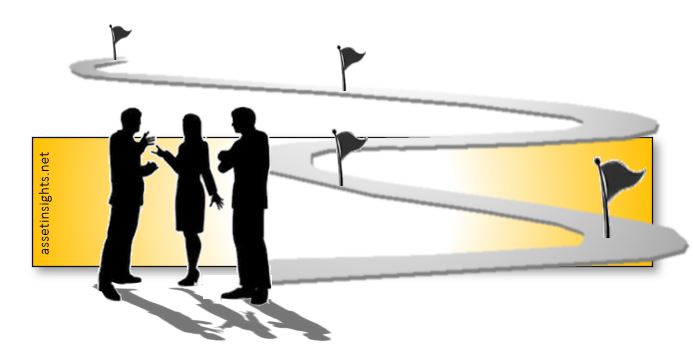
Frameworks
By constructing frameworks that take aim at mitigating risk and enhancing levels of service on your organization’s journey.
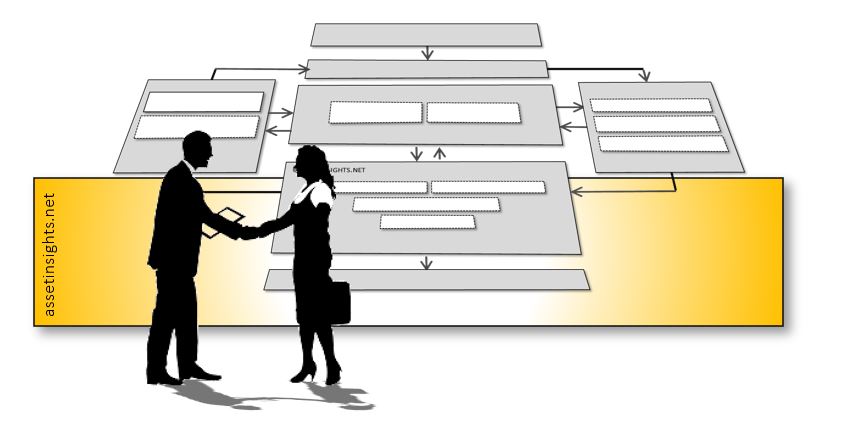
Models
By designing models that are aimed at supporting the dynamic interactions of your people, processes and systems.
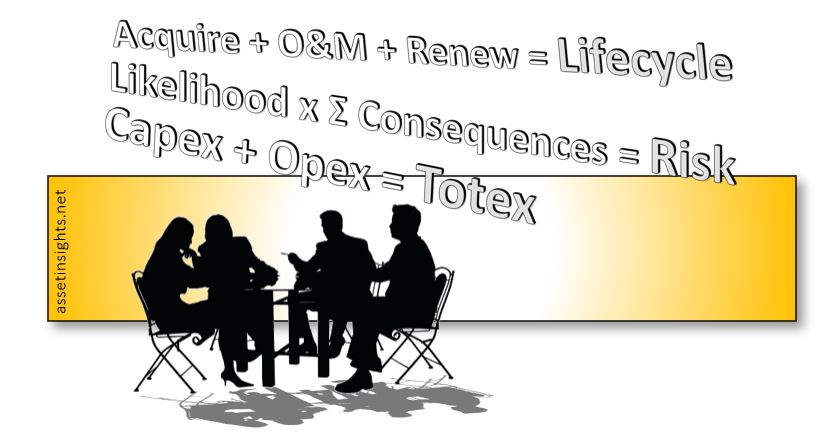
Our Mission, Vision and Values
AIM supports asset-intensive organizations in seeking alignment with industry best practices and standards. We work with a wide range of asset owners, including municipalities, rail networks, water utilities, transit authorities and facilities groups. AIM can help you with asset management and business process challenges within your organization.
AIM provides services that integrate the following four “sights”:
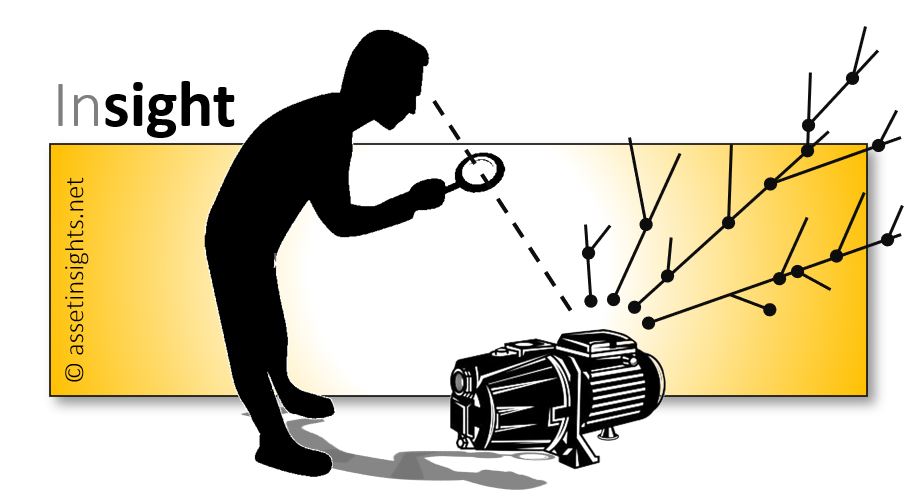
Insight – A deep understanding of how assets are used to realize value for the benefit of stakeholders.
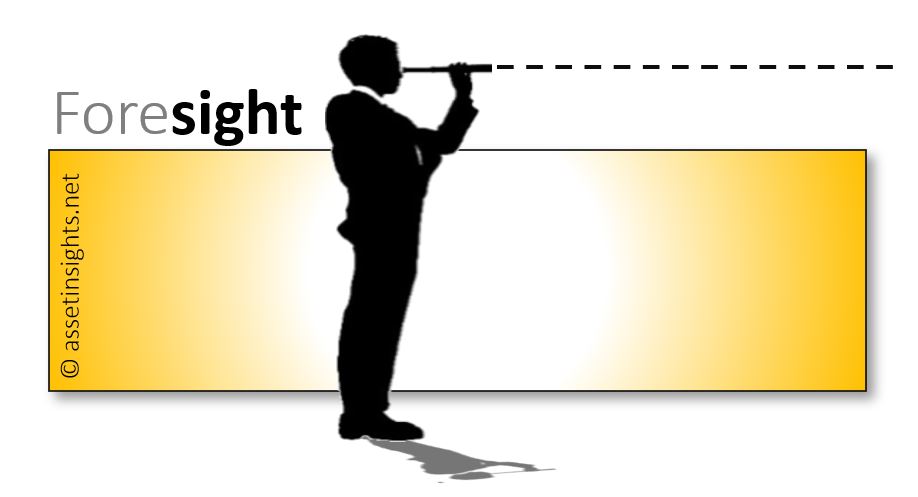
Foresight – Predictive modeling of the changing condition of assets as they age over time and face changing demands.
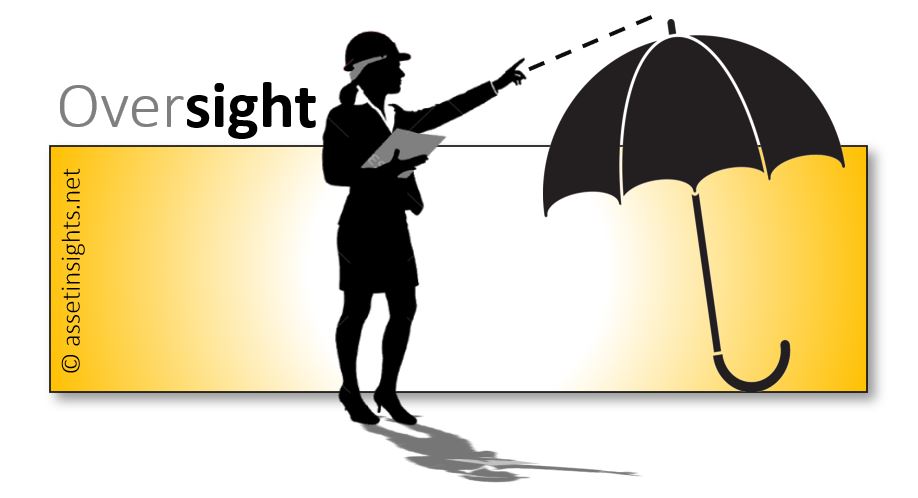
Oversight – Mindful care of assets through responsible stewardship and value-based decision making
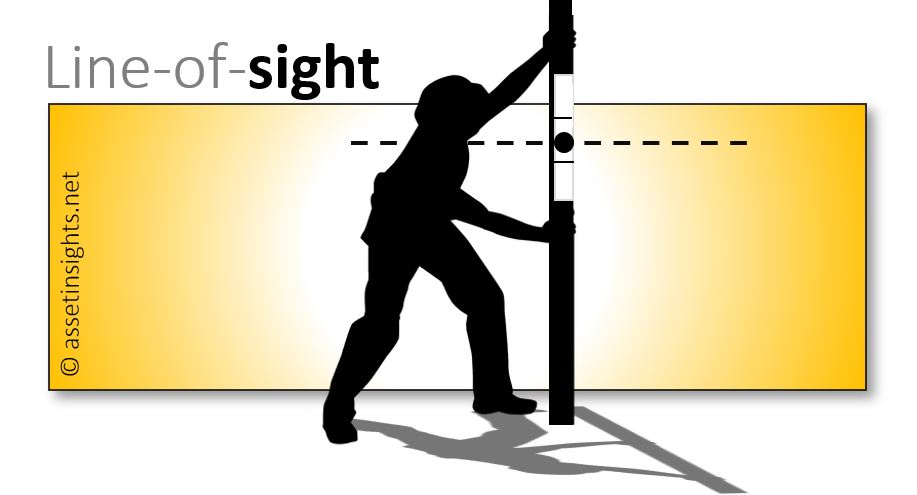
Line-of-Sight – Connecting the dots between cost, risk and performance and ensuing vertical alignment between the different levels of the organization and horizontally across the departments.
To learn more about our mission, vision and values, please see our about page.

